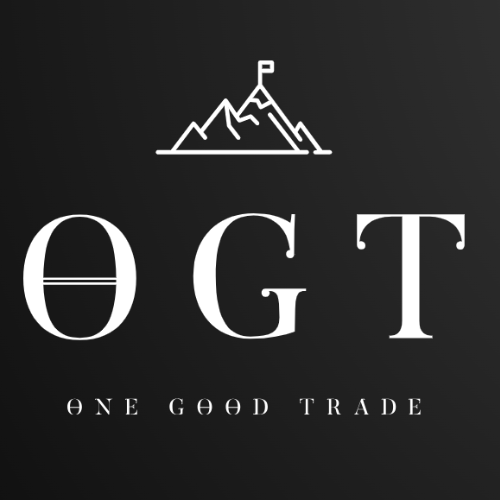Trading strategy, trading plan, and trading psychology are essential components that work together to create a balanced and harmonious approach to trading, forming a triangle of success. This analogy illustrates their interdependence:

Trading Strategy (Base of the Triangle):
- The trading strategy is the foundation of your trading approach. It's like the base of the triangle, providing stability and support.
- A trading strategy includes specific rules and techniques for entering and exiting trades, risk management, and capital allocation. It's your roadmap for how you'll approach the markets.
Trading Plan (Second Side of the Triangle):
- The trading plan is the second side of the triangle, connecting your strategy to your psychology. It provides structure and direction.
- Your trading plan translates your strategy into a step-by-step guide for executing trades. It outlines the practical aspects of your trading, such as when to trade, position sizes, and trade management.
Trading Psychology (Third Side of the Triangle):
- Trading psychology is the third side of the triangle, linking your strategy and plan together. It's the most dynamic aspect, much like the top point of the triangle.
- Your psychological state, emotions, discipline, and mindset play a crucial role in executing your strategy and adhering to your plan.
Now, let's see how they work together:
Strategy and Plan Support Psychology:
Your strategy and plan provide a framework for making rational trading decisions. They act as guidelines that help you avoid impulsive and emotionally driven actions. When you have a well-defined strategy and plan, it's easier to manage your emotions and stay on course.
Psychology Supports Strategy Execution:
Your psychological state influences how effectively you execute your strategy and adhere to your plan. If you let fear or greed drive your decisions, even the best strategy can lead to losses. A strong psychological foundation helps you stay disciplined, patient, and focused.
Strategy and Plan Adapt to Psychology:
Your strategy and plan can also be adapted to your individual psychology. For example, if you're prone to anxiety, you might adjust your risk management rules to be more conservative. This customization ensures that your trading approach is aligned with your mental and emotional strengths and weaknesses.
In summary, the three elements of trading – strategy, plan, and psychology – work together like a balanced triangle. The strategy provides the structure, the plan offers direction, and psychology ensures that you can effectively implement both. When these elements are in harmony, you have a robust trading system that is more likely to lead to consistent success in the markets.
To tie it all together, imagine a strong and stable bridge that connects the three sides of the trading triangle – Strategy, Plan, and Psychology. This bridge is your Trading Journal.
📓 Trading Journal (The Bridge):
Just as a bridge connects two shores, a trading journal connects and supports your trading strategy, plan, and psychology.
A trading journal is your record of every trade, your feelings, your thoughts, and your lessons learned. It's the backbone of your trading journey.
Here's how a trading journal enhances this balanced triangle:
Strategy Enhancement:
A trading journal allows you to track the performance of your trading strategy over time. It helps you identify which elements of your strategy are working and which need improvement. By recording your trades and outcomes, you can refine and adapt your strategy for better results.
Plan Precision:
Your trading journal acts as a compass, guiding you to stick to your trading plan. By documenting your entries and exits, you ensure that you're following your plan faithfully. It provides a tangible reference point, helping you stay on course.
Psychological Mastery:
Tracking your emotions and thoughts in your trading journal provides a unique insight into your psychology. Recognizing patterns of fear, overconfidence, or impulsiveness, you can work on controlling these emotions. Your journal becomes a valuable tool for emotional self-regulation.
In essence, a trading journal serves as the key to unlocking the full potential of your trading triangle. It bridges the gaps between strategy, plan, and psychology, creating a seamless connection that reinforces your trading discipline and performance.
So, if you're serious about becoming a successful trader, consider your trading journal as the bridge that ties together these crucial elements. It's not just a record-keeper; it's a valuable tool for self-improvement and long-term trading success. Start journaling today and watch your trading skills soar! 🚀📓
CHECK OUT THE OGT JOURNAL HERE


